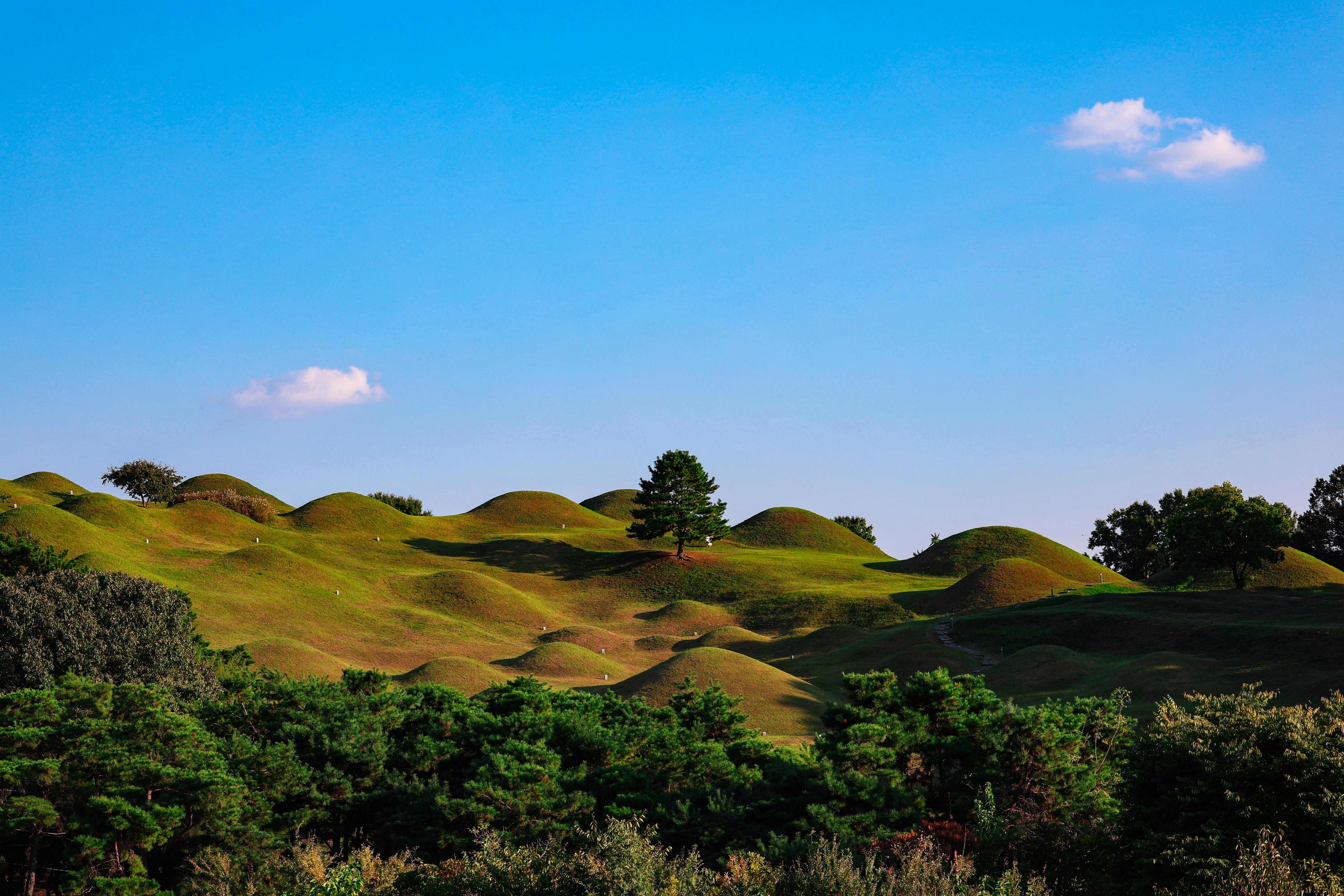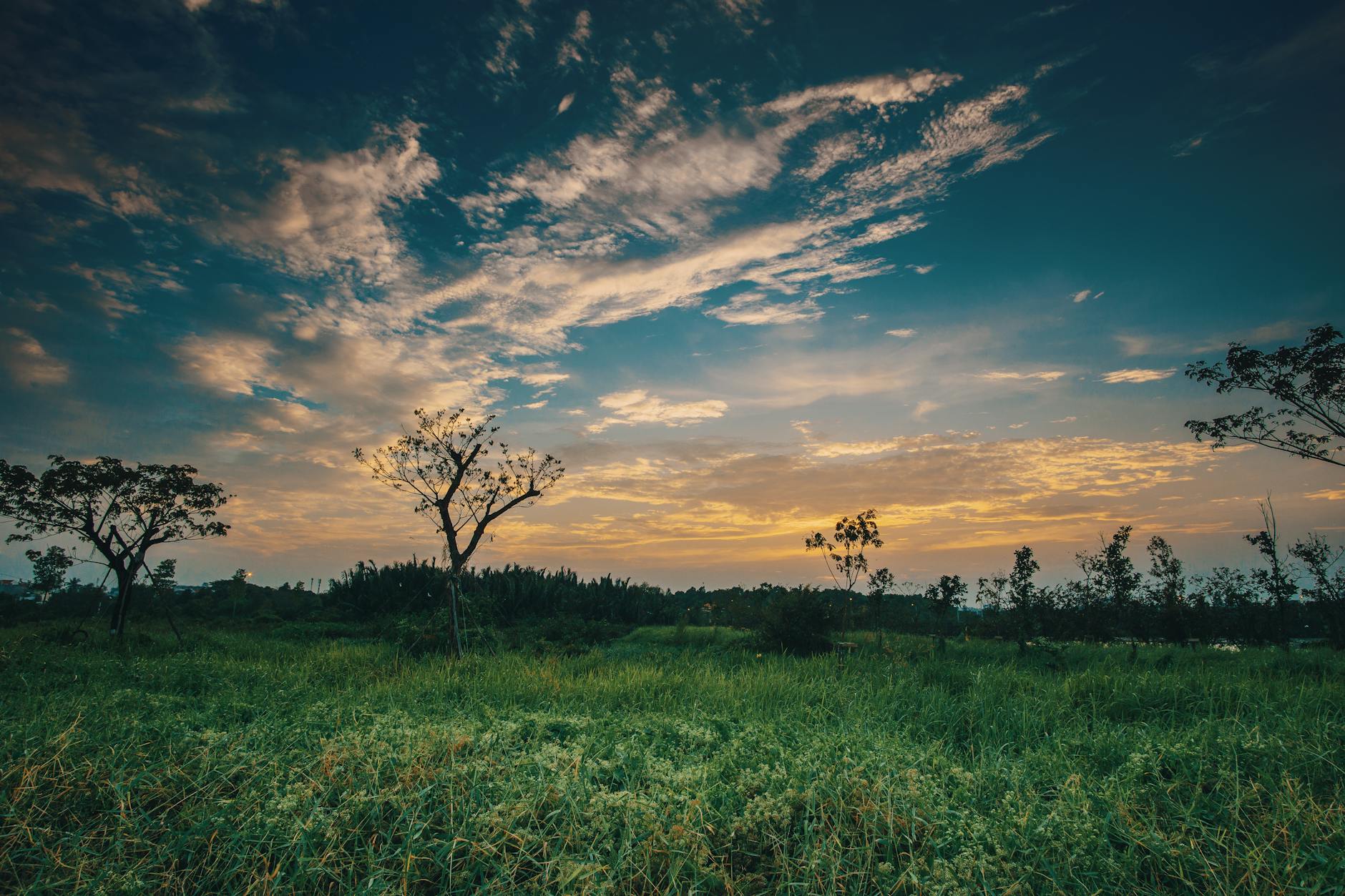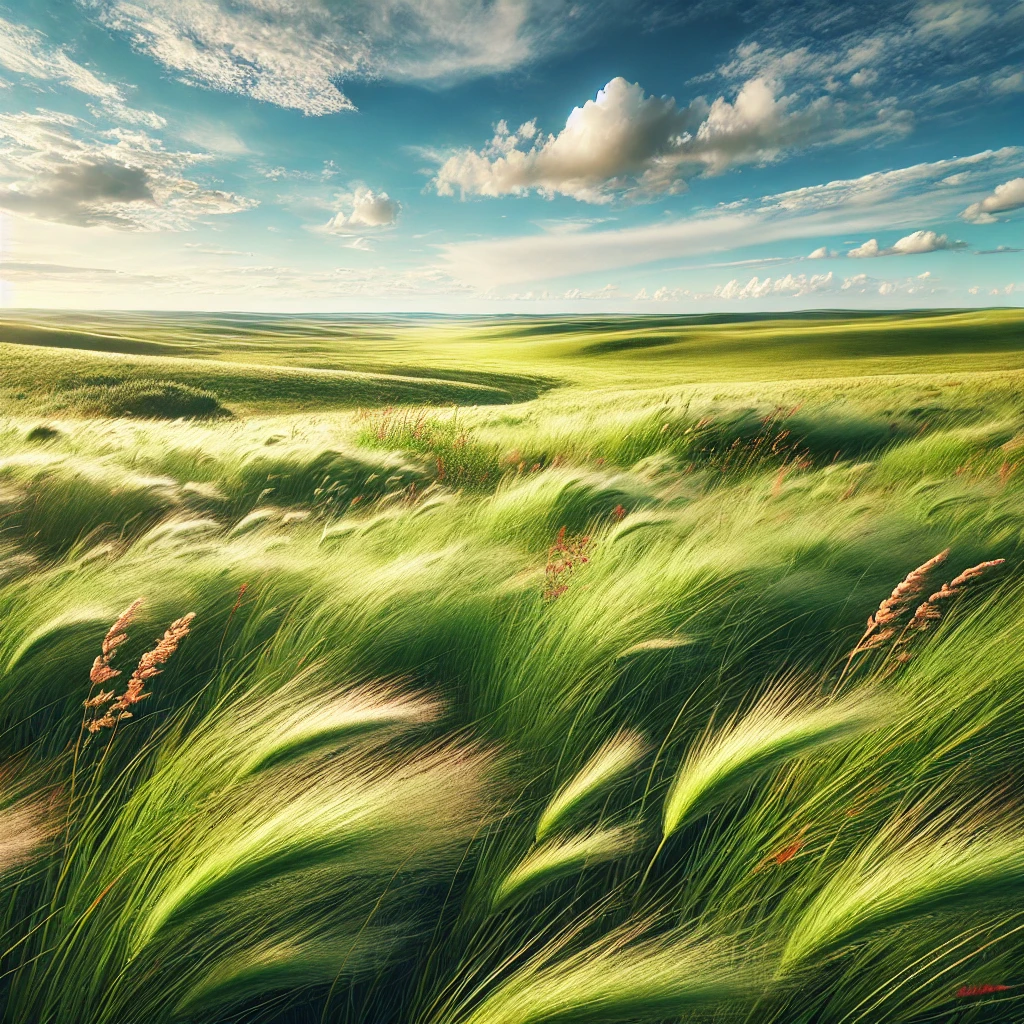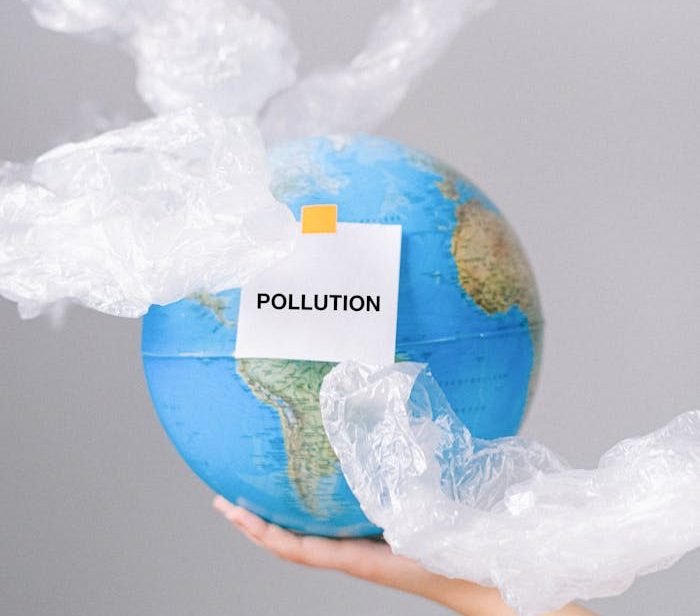When we think of ecosystems on the front lines of climate change, forests get all the love. I mean, who doesn’t love a tree? They’re majestic, towering, and occasionally home to adorable critters. But here’s a plot twist: while forests are taking their sweet time reacting to climate change (hello, procrastination!), grasslands are basically checking off their climate change to-do list in real-time.
Grasslands: The Ecosystem That Won’t Wait
New research from the University of Michigan suggests that grasslands are responding to climate change as it happens—like they’re standing by the thermostat, adjusting it as the temperature spikes. According to the study’s lead authors, Kai Zhu and Yiluan Song, grasslands are changing almost in sync with climate shifts, making them the reactive heroes we never knew we needed.
Real-Time Ecological Shifts: Not the Fun Kind
This study, published in Nature Ecology & Evolution, monitored grasslands in the California Floristic Province, a well-known biodiversity hotspot. Over decades, the researchers found that species better suited to hotter, drier conditions are becoming more dominant, while those adapted to cooler, wetter environments are getting kicked out faster than a tenant behind on rent. This means climate change doesn’t just alter the environment—it immediately reshapes who thrives in it. Zhu and Song are quick to point out that this rapid shift isn’t necessarily a sign of adaptation. Instead, it’s a sign that species suited for hotter, drier climates are elbowing their way to dominance while cooler, wetter species are getting pushed out. So much for survival of the fittest—this is more like survival of the sweatiest.
Grasslands aren’t “adapting” in the cute Darwinian sense; they’re shifting. Song stressed that we shouldn’t mistake this for a win: “To me, adaptation gives a positive impression that the system is changing to counter some of the negative effects of climate change. These shifts might have negative consequences such as dominance by non-native species and loss of biodiversity.”
Grasslands vs. Forests: The Real MVP?
This fast response to climate change in grasslands contrasts with forests, where the impacts of climate change take much longer to show. Forests accumulate what scientists refer to as “climate debt”—they lag behind environmental changes, meaning that what happens to forests today is a reflection of climate conditions from years past.
In contrast, grasslands are reacting in real-time, reflecting today’s climate changes almost instantly. According to Zhu, this makes grasslands incredibly valuable in the fight against climate change, not just as carbon sinks but as living laboratories for how ecosystems will react globally.

Why Grasslands Matter More Than Your Instagram Aesthetic
Grasslands may not have the brooding drama of a rainforest or the mystique of an ancient woodland, but they play a critical role in storing carbon and sustaining biodiversity. The data, gathered from 12 sites over decades, make one thing clear: climate change is already transforming these ecosystems. While trees take their sweet time to show climate impacts, grasslands are speed-running the whole process.
The University of Michigan team used global change experiments to link climate shifts directly to the changes observed in grasslands. And unlike your favorite conspiracy theories, they used actual science to establish causality, not just correlation. This research is a wake-up call for those who still think grasslands are just the Earth’s boring haircut.
Why Should You Care About Grasslands?
Apart from being the unsung heroes of carbon sequestration, grasslands are home to incredible biodiversity. Yet, they are often overlooked in conservation efforts. More than 70% of global grasslands have been converted to agriculture or urban development . Not only does ten biodiversity, but it also hampers our fight against climate change. The research out of Michigan stresses the importance of including grasslands in climate action plans—not just forests.
Restoration: Not Just About Planting Trees (Sorry, Tree Huggers)
For those looking to restore grasslands (you know, to save the planet), this study offers some important insights. You can’t just sprinkle some seeds and hope for the best. According to Zhu, “If you want to restore grasslands, you have to ask what types of species you will plant. In order to answer that, you need to at least take climate change into consideration.”
It’s not about blindly planting anything that’s green—it’s about planting the right species for the current and future climate. Otherwise, you’re just rearranging deck chairs on the Titanic.
Global Implications: Grasslands Are Everywhere
While the research focused on grasslands in California, Zhu hypothesizes that grasslands around the world will likely experience similar shifts—albeit at varying speeds based on regional climate dynamics. For example, warmer and wetter climates might see species that thrive in those conditions take over faster than your favorite plant dies under your “care.”
And here’s the kicker: grasslands cover 40% of Earth’s land surface and store massive amounts of carbon, which makes their rapid response to climate change a big deal.
So, next time someone talks about planting trees, feel free to hit them with this knowledge bomb: grasslands are fighting climate change faster than any oak, pine, or maple could dream of. Let’s not make them fight alone.




